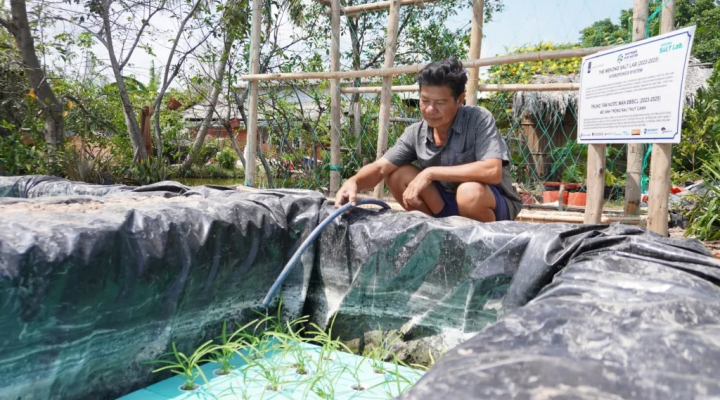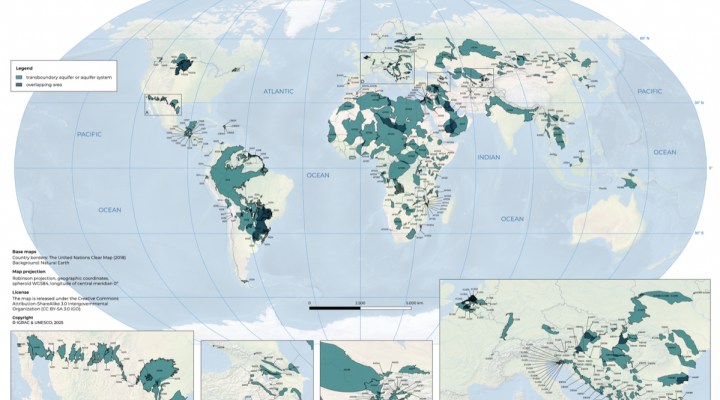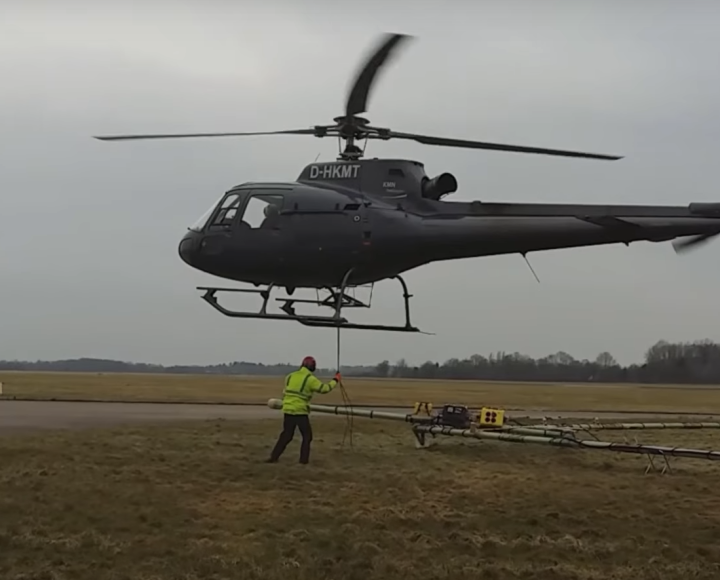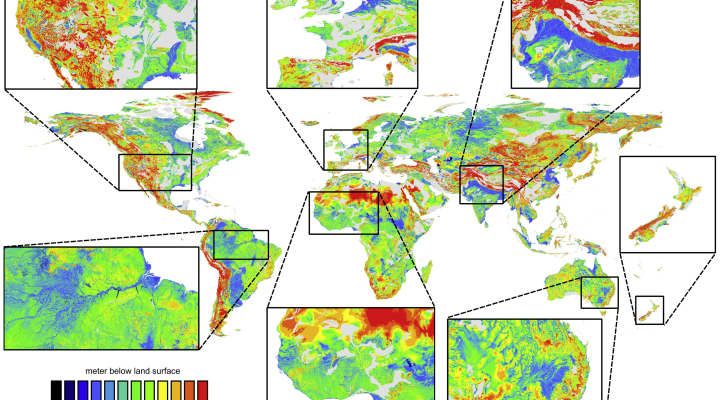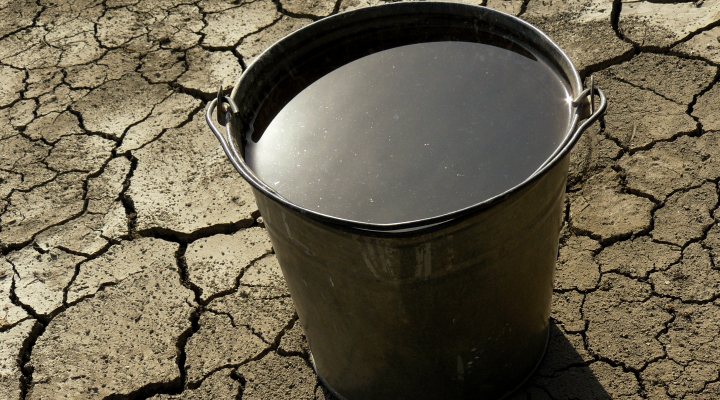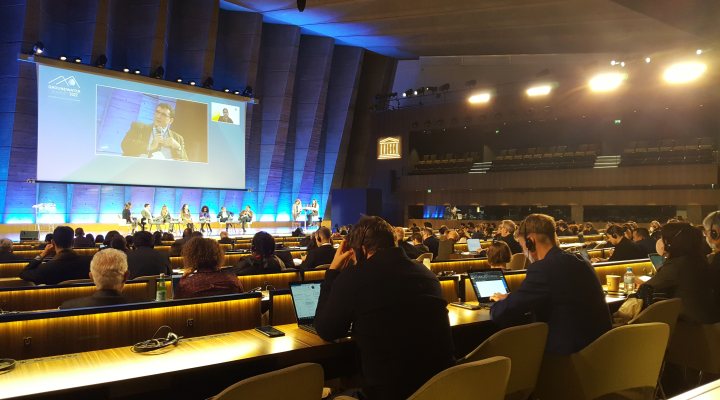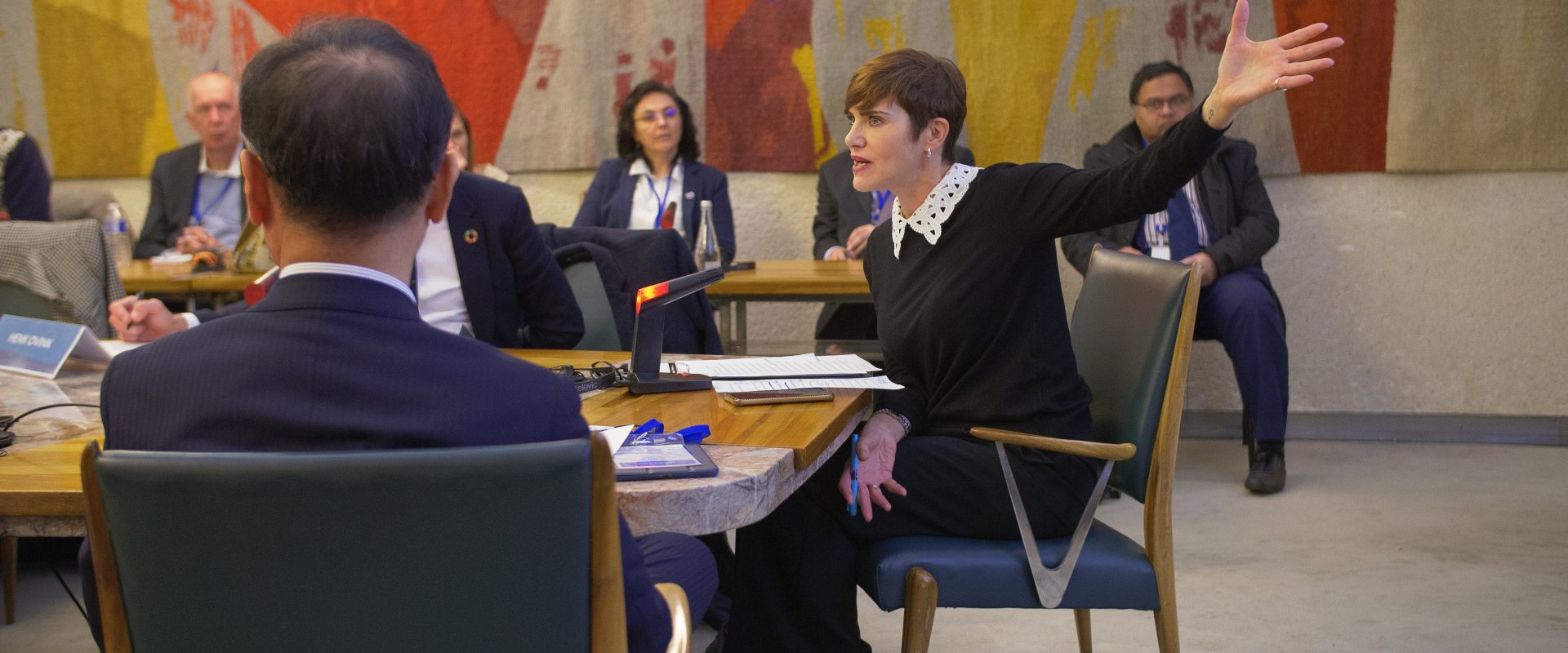
Groundwater management and sustainable solutions for food and nature
On 6 December 2022, a side event 'Groundwater management and sustainable solutions for food and nature' was held as part of the UN-Water Summit on Groundwater 2022.
The Ministry of Infrastructure and Water Management of the Kingdom of the Netherlands organised this session and IGRAC offered both logistical and content-wise support.
The side event presented and discussed three case studies located in Japan, India (Gujarat region), and Costa Rica (Guanacaste province). All three case studies are located in coastal areas, and face similar issues regarding groundwater, namely the salinisation of groundwater by sea water intrusion. Additionally, the case study of Japan also dealt with land subsidence. In the three case studies, groundwater is the main use, if not all, because of semi-arid conditions (India and Costa Rica) and island condition in Japan.
Japan
The causality leading to sea water intrusion and salinisation of groundwater in the three case studies is known: over abstraction of groundwater to develop the economy. In Japan, over-abstraction, and as a result seawater intrusion, happened after the World War II. The government invested in the importation of fossil fuels to boost the economy. The availability of energy and the abundance of groundwater in all coastal areas of Japan, made a synergy between energy and water, leading to a huge tradeoff between economy, society and environment. This situation led to a social disaster due to ground subsidence and the salinisation of groundwater. Since groundwater is private, there is also a governance challenge.
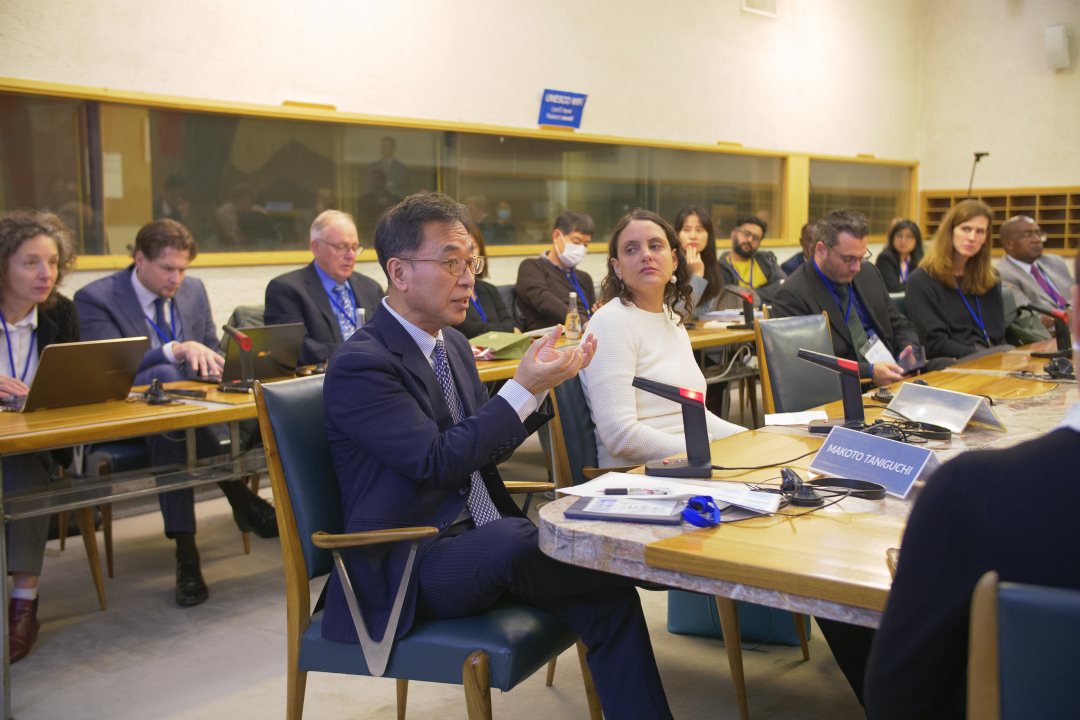

Makoto Taniguchi explained that the problems were overcome by a set of measures.
Firstly, by reducing groundwater consumption by more efficient use. Secondly, by introducing regulation such as a tariff system and a groundwater fee equal to surface water fee. And finally, by flexible management in case of emergencies. In those situations, private resources become public with priority being given to drinking water supply.
India
Also in India, the government strongly pushed for and incentivised industrialisation and agriculture, which had disastrous consequences on groundwater (i.e. energy subsidy for groundwater extraction for farmers). In the coastal area of Gujarat, apart from the economic cause, another main cause was the low understanding of groundwater processes, hydrogeology, water balance, and that groundwater is used individually. So the challenge was how to make a common management of this common pool of water (groundwater). But the challenge was also the lack of data and information about groundwater.
According to speaker Yogesh Jadeja, users’ knowledge about groundwater is key to change behaviors and trigger collective and participative management of aquifers. Demand management is key to improve maintain livelihoods. And demonstration can convince policy makers. Therefore, the main solution implemented was the creating of so-called ‘Bhujal Jankar’ (literally = groundwater informed), which were groups of young people who received information and were engaged in participatory groundwater management.
Costa Rica
Gabriela Cuadrado Quesada explained that the engagement of local water boards in the Guanacaste province in Costa Rica was key to address groundwater equity and sustainability issues, and influence groundwater regulatory frameworks. Although there were also shortcomings, such as the lack of support from government and the dilemma of how to deal with big users. These communal water boards, called ASADAs had several successes, namely:
- Monitoring of aquifers leading to action and understanding;
- Buying and protecting land to protect area of groundwater recharge;
- Creating political spaces for the communities to participate, to empower and to have discussion with government, institutions.
Main messages
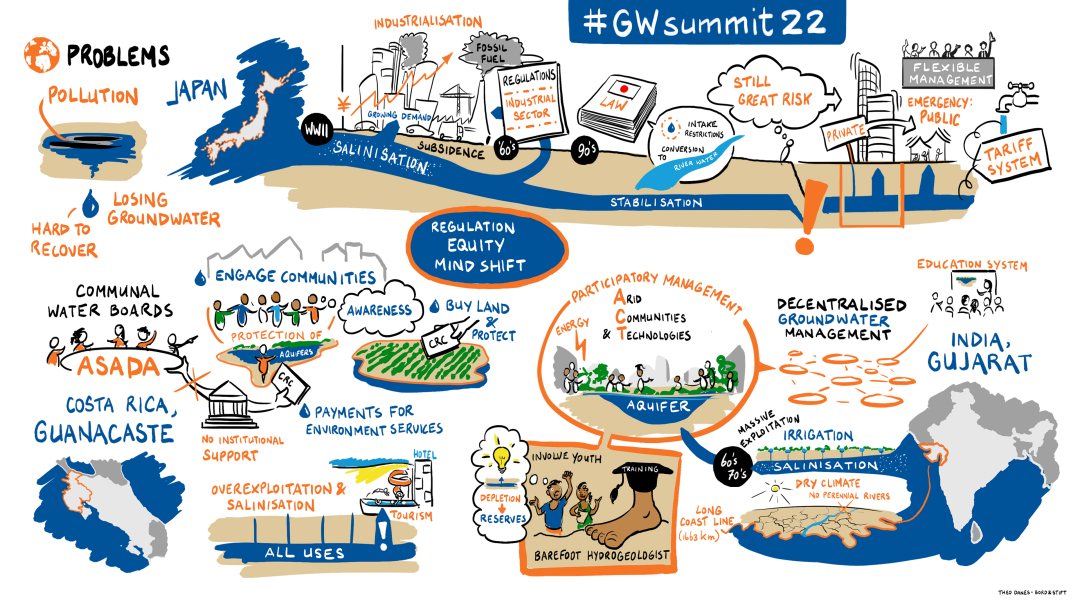
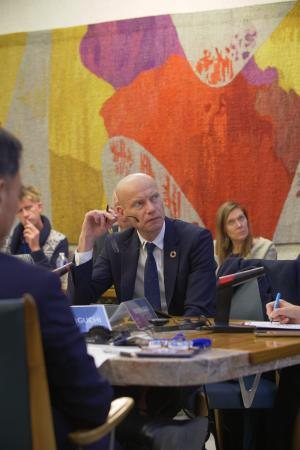

In the final segment of the side event, Special Envoy for International Water Affairs Henk Ovink compared the three case studies, tried to find similarities and identify common messages. One common message was that bottom-up actions are very powerful to engage policy makers. They can trigger changes and influence policy (regulation and law).
“This is not about what we do, but how we do it. And it is different in every place. And the capacity is different in every place”, Henk Ovink said. Local circumstances are important to understand. To trigger local leadership, community and user engagement in management, data, information and knowledge at local level is key. However, this is a long-term process, not an instant solution.




